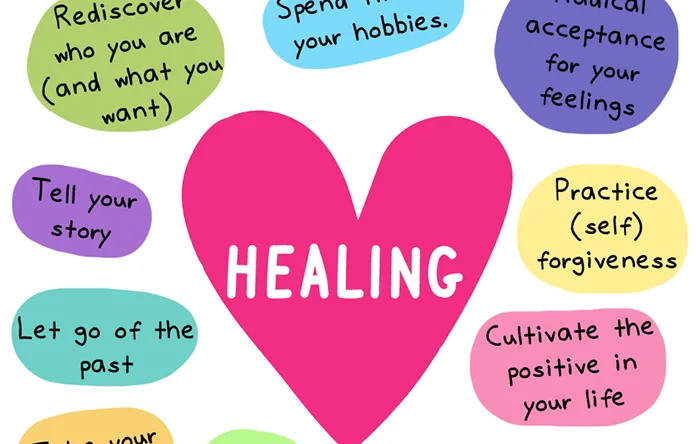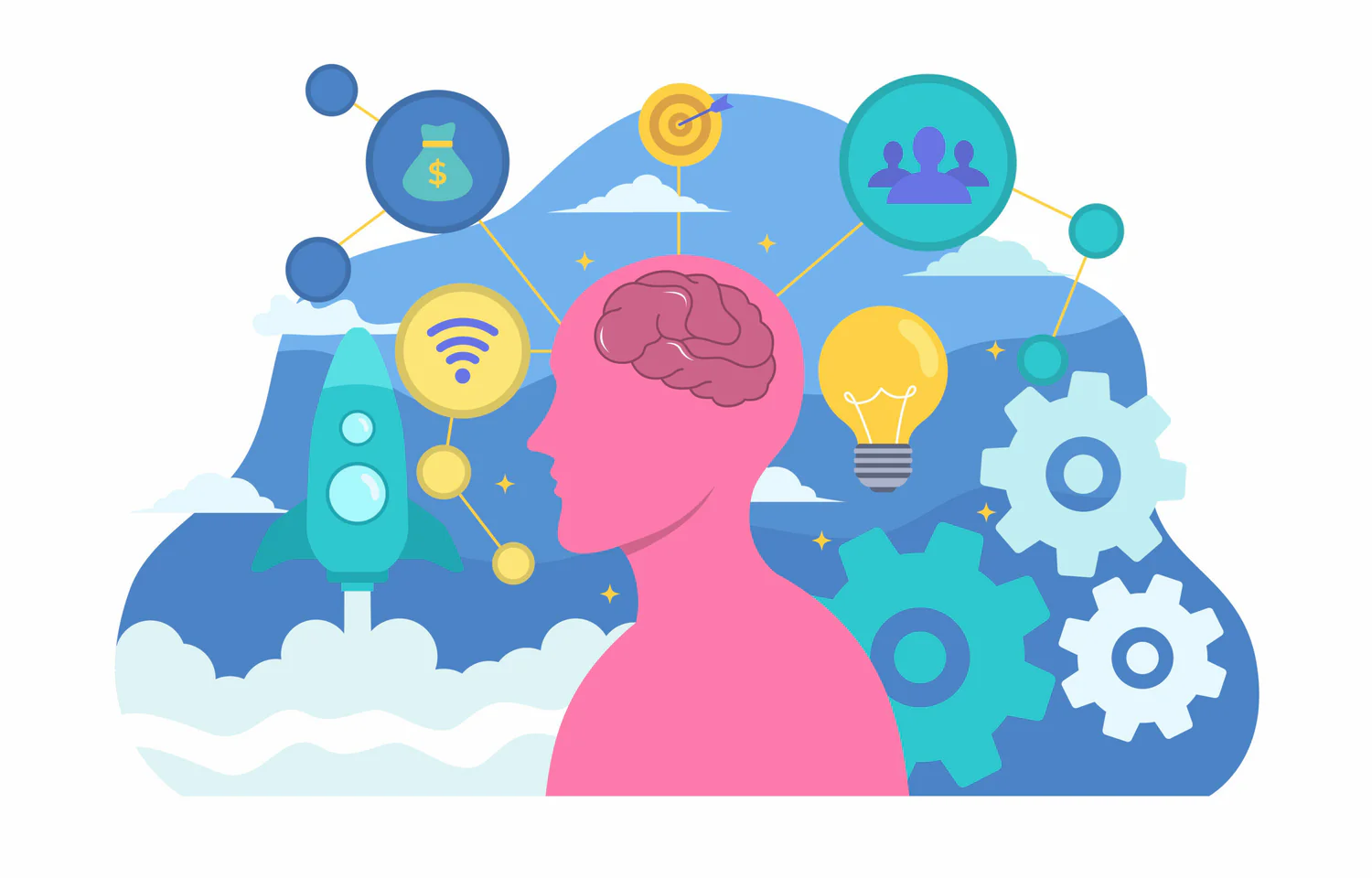
Embarking on a self-healing journey requires a deep dive into past wounds and understanding their roots. One of the most effective approaches is through inner child therapy, which focuses on addressing unmet emotional needs from childhood. This process helps heal the wounded inner child, a part of us that still carries unresolved fears and insecurities. Brianna Wiest’s The Mountain Is You emphasizes the power of inner child work in transforming how we think, feel, and act today.
Understanding the Inner Child
The inner child represents the childlike aspects of our personality that never fully grew up. This part of us holds memories of past experiences, especially emotional pain or trauma. The wounded inner child may emerge when we face challenges that remind us of past hurt, leading to behaviors such as avoidance or self-sabotage. Healing this part of ourselves is crucial to developing a strong emotional foundation and fostering self-love and healing.
Why Inner Child Therapy Works
Many of our adult struggles stem from unmet needs during childhood. These can range from feelings of abandonment, neglect, or rejection to more subtle emotional wounds. Inner child therapy addresses these by revisiting the emotions from that time and offering them the care, understanding, and validation they needed. This is a crucial step in the self-healing journey, as it involves reconnecting with past versions of ourselves to repair what was broken.
An important aspect of healing the inner child is recognizing patterns of behavior that are rooted in childhood. For example, someone who was emotionally neglected may develop difficulties in relationships, pushing others away to avoid being hurt again. Addressing this wounded part of yourself can lead to healthier connections and better emotional responses.
Inner Child Healing Exercises
There are several inner child healing exercises that can help guide this process. One powerful exercise is visualizing your younger self and having a conversation with them. You might ask, “What do you need right now?” or “How can I support you?” Journaling after these exercises helps to process emotions and provide clarity. Additionally, mindfulness and meditation are essential tools in this journey, as they foster awareness of when and how the inner child shows up.
Another important exercise is writing a letter to your inner child, expressing the love and care that might have been missing in the past. This allows you to reframe your perspective and develop a nurturing relationship with your inner self, helping you to foster a self-healing mind.
Moving Forward in Your Healing Journey
To fully embark on a self-healing journey, it’s essential to cultivate self-love and healing habits. These include setting healthy boundaries, practicing forgiveness (both for yourself and others), and developing resilience in the face of challenges. By doing so, you can break free from the emotional patterns that have held you back. Healing your emotional self is a gradual process, but it leads to greater emotional freedom and peace.
Beyond emotional healing, inner child therapy also taps into what Wiest refers to as the self-heal magical properties. To be exact, this idea refers to the intrinsic power we all have to heal ourselves by confronting our past, letting go of unrealistic expectations, and embracing our imperfections.
Conclusion
Healing through inner child therapy is a transformative process. By addressing and nurturing the wounded inner child, you unlock the potential for emotional growth and deeper self-understanding. Through inner child healing exercises and a commitment to your self-healing journey, you can develop a stronger, more resilient connection to your true self.




